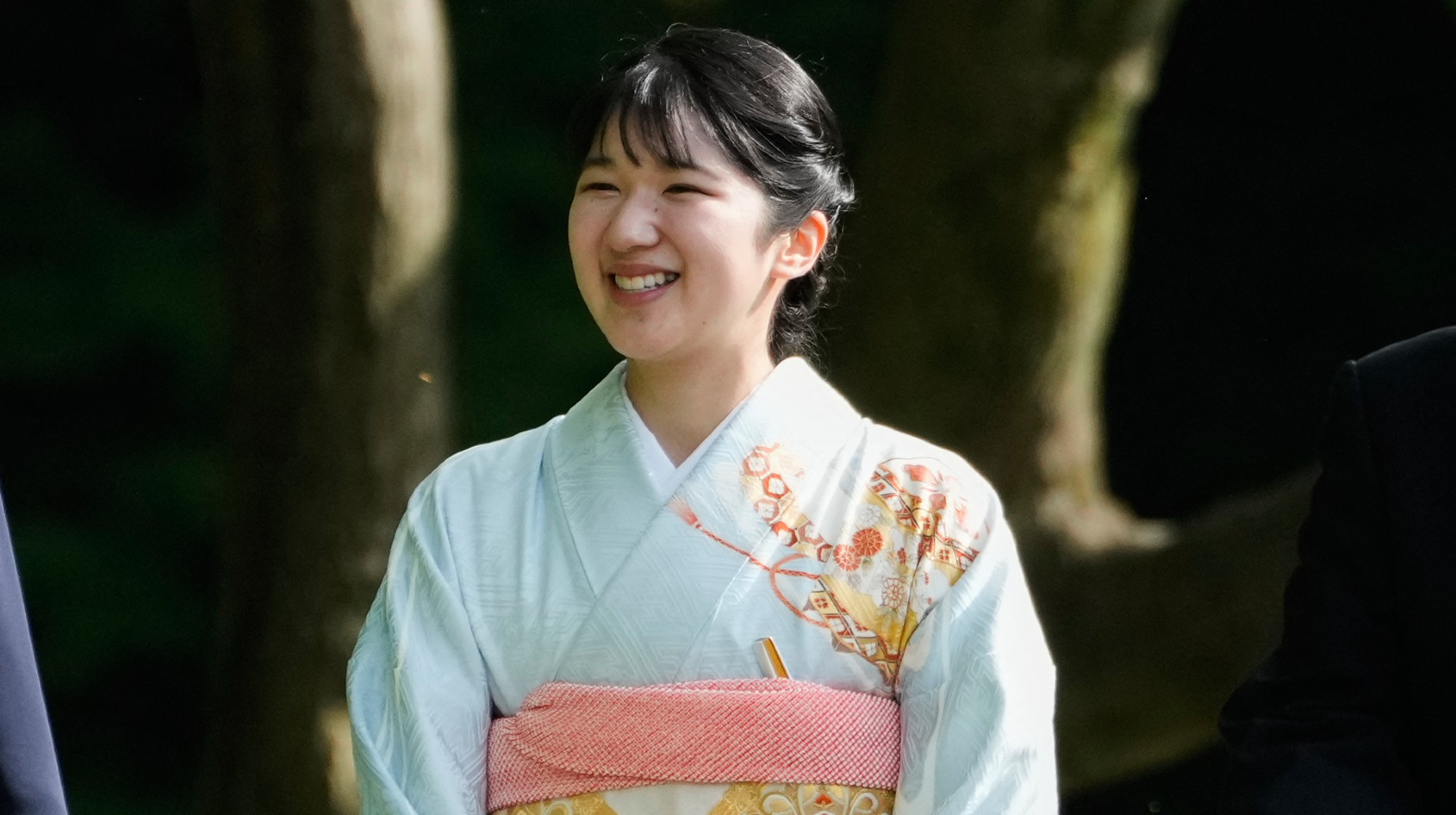Also of interest…in nature studies
Life Everlasting; Zoobiquity; America’s Other Audubon; Life
Life Everlasting
by Bernd Heinrich
(Houghton Mifflin Harcourt, $25)
The Week
Escape your echo chamber. Get the facts behind the news, plus analysis from multiple perspectives.

Sign up for The Week's Free Newsletters
From our morning news briefing to a weekly Good News Newsletter, get the best of The Week delivered directly to your inbox.
From our morning news briefing to a weekly Good News Newsletter, get the best of The Week delivered directly to your inbox.
Bernd Heinrich’s observations “may not sit well” with some readers, said Steve Donoghue in OpenLettersMonthly.com. For his new book, the naturalist spent many hours watching what happens to the carcasses of animals as natural processes and scavengers set to work. His argument that vultures could do a better job on Granny’s remains than morticians do “bumps up hard against human sentimentality.” Still, his detailed descriptions qualify as “first-rate” nature writing.
Zoobiquity
by Barbara Natterson-Horowitz and Kathryn Bowers
(Knopf, $27)
A free daily email with the biggest news stories of the day – and the best features from TheWeek.com
“It’s remarkable” how much we can learn about human health by paying more attention to animal health, said Carl Zimmer in TheDailyBeast.com. Cardiologist Barbara Natterson-Horowitz stumbled onto the subject a few years ago, and her new book with Kathryn Bowers shares “plenty of great stories” about curing anorexic pigs and whales’ mysterious ability to evade death by cancer. The author’s excitement proves infectious.
America’s Other Audubon
by Joy M. Kiser
(Princeton, $45)
This new book tells the “tragic yet triumphant story” of Genevieve Jones, who in 1876 undertook a companion series to John James Audubon’s illustrations of American birds, said Liesl Bradner in the Los Angeles Times. Jones would die of typhoid before she could complete her lithograph series depicting birds’ nests and eggs, but her family worked tenaciously to complete the project in her honor. The family’s “unbridled devotion” to the cause is evident in every reproduction included here.
Life
by Frans Lanting
(Taschen, $30)
Frans Lanting’s photographs seem “like postcards from the earliest moments of life on earth,” said The Wall Street Journal. In this new collection, the Dutch wildlife photographer accentuates the “most primeval aspects” of diverse plants and animals, from herons in Botswana’s Okavango Delta to sea cucumbers on the Great Barrier Reef. In a photo of quiver trees set against Martian-red soil, Lanting’s “almost abstract deployment of color” seems to make the earth’s clock stand still.
-
 How will China’s $1 trillion trade surplus change the world economy?
How will China’s $1 trillion trade surplus change the world economy?Today’s Big Question Europe may impose its own tariffs
-
 ‘Autarky and nostalgia aren’t cure-alls’
‘Autarky and nostalgia aren’t cure-alls’Instant Opinion Opinion, comment and editorials of the day
-
 Japan’s Princess Aiko is a national star. Her fans want even more.
Japan’s Princess Aiko is a national star. Her fans want even more.IN THE SPOTLIGHT Fresh off her first solo state visit to Laos, Princess Aiko has become the face of a Japanese royal family facing 21st-century obsolescence
-
Also of interest...in picture books for grown-ups
feature How About Never—Is Never Good for You?; The Undertaking of Lily Chen; Meanwhile, in San Francisco; The Portlandia Activity Book
-
Author of the week: Karen Russell
feature Karen Russell could use a rest.
-
The Double Life of Paul de Man by Evelyn Barish
feature Evelyn Barish “has an amazing tale to tell” about the Belgian-born intellectual who enthralled a generation of students and academic colleagues.
-
Book of the week: Flash Boys: A Wall Street Revolt by Michael Lewis
feature Michael Lewis's description of how high-frequency traders use lightning-fast computers to their advantage is “guaranteed to make blood boil.”
-
Also of interest...in creative rebellion
feature A Man Called Destruction; Rebel Music; American Fun; The Scarlet Sisters
-
Author of the week: Susanna Kaysen
feature For a famous memoirist, Susanna Kaysen is highly ambivalent about sharing details about her life.
-
You Must Remember This: Life and Style in Hollywood’s Golden Age by Robert Wagner
feature Robert Wagner “seems to have known anybody who was anybody in Hollywood.”
-
Book of the week: Astoria: John Jacob Astor and Thomas Jefferson’s Lost Pacific Empire by Peter Stark
feature The tale of Astoria’s rise and fall turns out to be “as exciting as anything in American history.”